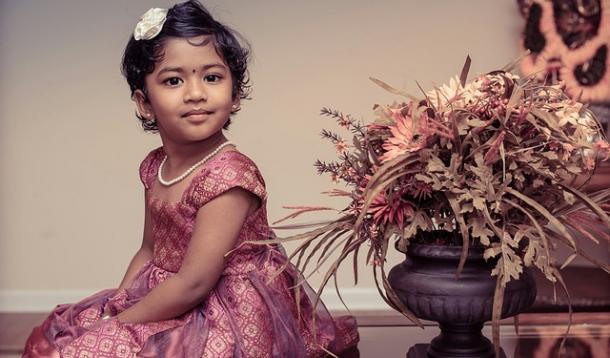
Talking about race can feel uncomfortable.
Talking about race with young children can feel next to impossible.
But let’s stop for a minute to pause and reflect on what is happening in the world. Let’s reflect on the BREXIT vote, France’s latest ban, and President Trump to mention just a few examples. Do you feel the backward slide? Do you feel the hidden hostility lurking underneath the veneer of friendliness? Do you feel the smug backlash against the politically correct?
Because some of us do.
We can feel it here. And here. And here. And here. These are only a handful of stories. A few words that might not convince anyone that there is a shift taking place. But those of us who look different, who talk different, who behave different, who love different can feel it.
We, who are the minority, can see it.
Perhaps we were all naive to think that we were surely moving away from those big, ugly words. Discrimination. Racism. Bigotry.
But they are making their presence felt again. Perhaps a little more quietly this time around but we know how these things go.
We’ve been down this road before. Definitely when we were children. Maybe even as recently as young adults. But most of us have been fortunate in our parenting years. Maybe a couple isolated incidences but nothing we can’t handle. Nothing to concern our young children about.
But maybe the time has come to talk to them.
It’s time to talk to our children and help them understand that race exists but different does not have to mean the other.
While we may prefer our children be colour blind when it comes to race, the fact remains that is not realistic. Children will and do notice. Innocently at first but if not explained, it becomes bigger. And just like we have to explain to our children that individuals have different eye colours, we must explain that individuals also have different skin colours.
It may be uncomfortable to have these conversations but not having them is even more harmful. Teaching children from a young age to respect and value differences is just as important as teaching them to see the similarities in all individuals.
While i cannot profess to know the ideal way to have this discussion, I do know that is not an excuse. Start the conversation, no matter how uncomfortable it makes you. No matter how difficult you think it may be for you, it is better to start the dialogue than not. And maybe these simple tips can help make it easier:
Keep it age appropriate. You cannot teach children what they cannot yet comprehend. Try to keep it simple and at a level that your children can understand.
Talk about differences. Preschoolers notice differences in hair, eyes, skin colour. That is normal and does not need to be discouraged. Instead, embrace the differences and point out how wonderful it is that people can all have such diverse features. Children look to us for cues as to how to behave and embarrassment (or even, silence) will only teach your child that the topic is taboo or ‘bad’.
Expose your children to people of different races and backgrounds. Work towards normalizing difference. Make it a regular occurrence to seek out diversity in toys, books, social setting. Your children should be less likely to perceive people of different ethnicities as ‘strange’ if they are exposed to them regularly.
Don’t bombard your children. Keep it casual and light-hearted. They are young children and may not comprehend the complexities of race, discrimination, or racism. Don’t force these topics on them and let conversations come up naturally. Putting too much emphasis on it may only teach them that it’s a charged subject.
Be cognizant of your own words. Do not call people by their skin colour, even if you feel you’re not doing it with any ill intention. Children will imitate what they see their parents do so ensure that you watch your own words as well.
These books are also a great starting point. A way for us to have these challenging talks with our children. A way to begin to answer their questions and even, a way to open our own eyes.
Shades of People by Shelley Rotner
Let’s Talk About Race by Julius Lester
A Rainbow of Friends by P.K. Hallinan
A Piece of Home by Jeri Watts
The Colors of Us by Karen Katz
We’re Different, We’re the Same by Bobbi Kates
One Family by George Shannon
Peace is an Offering by Annette Le Box
Same, Same but Different by Jenny Sue Kostecki-Shaw
Whoever You Are by Mem Fox
We can’t pretend that teaching our children these lessons will make everything better but it is the beginning of a conversation we need to have. The world is changing but we can also impact that change. We, along with our children, can be that change.
![]() RELATED: Think Racism Isn't a Problem in Canada? Guess Again
RELATED: Think Racism Isn't a Problem in Canada? Guess Again